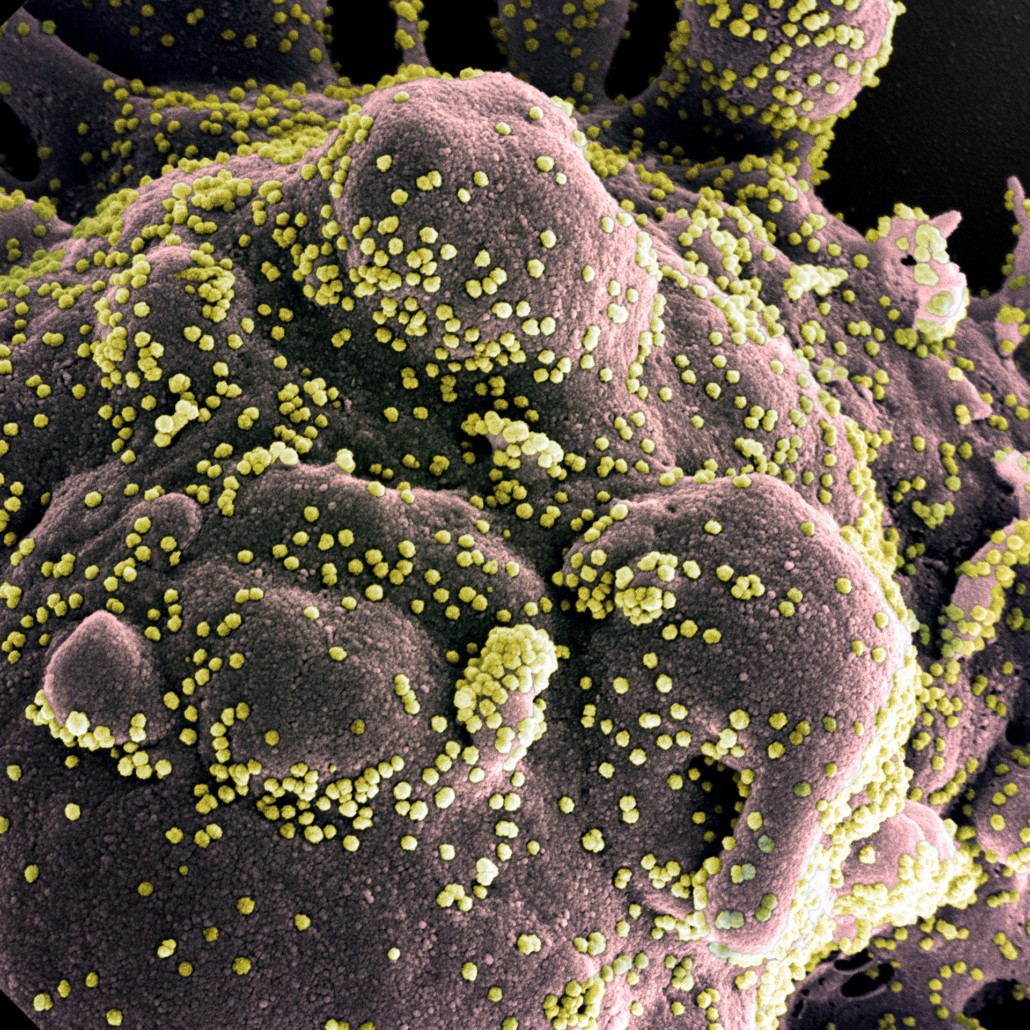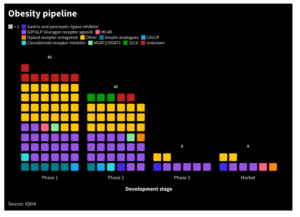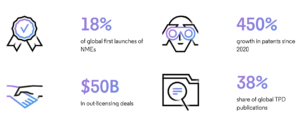
Next-gen COVID-19 vaccine good in preclinical tests
Intravacc has announced positive data for its nasal SARS-CoV-2 vaccine that embeds the viral spike antigen in bacterial Outer Membrane Vesicles (OMV)
In contrast to injectable vaccines, the nasal jab seems capablet to induce mucosal immunity which is crucial to eliminate the virus instead only reducing symptoms by killing 90% of the pathogens.
In preclinical tests, Intravacc’s second-generation vaccine was successful in challenge studies in mice and hamsters. Inducing mucosal immunity could save health systems billions of euros because they would just eliminate pandemic pathogen instead requiring costly annual updates of vaccine candidates that only reduce symptoms but – in the long term – lead to the development of vaccine-resistant variants.
Test animals received intranasal immunisations on day one and day 21. One group of mice and hamsters received a vaccine based on OMV’s mixed with rSp (CovOMV) and the other a vaccine based on OMV’s coupled to rSp based on Intravacc’s proprietary OMV click technology (CovOMVclick). Control animals received respectively only OMV’s or only rSp. On day 35 the mice blood samples were tested for virus neutralizing antibodies. The hamsters were challenged with SARS-CoV-2 on day 42 after blood collection. Over a period of seven days after challenges, their bodyweight loss was measured and on day seven the animals were pathologically examined for lung lesions.
In the mice that received the CovOMV- and CovOMVclick vaccines, respectively 30% and 90% virus neutralizing antibodies were detected. In all the hamsters both candidate vaccines induced neutralizing antibodies, but the level of antibodies in hamsters that received CovOMVclick was slightly higher compared to the other group. In the group receiving rSp only, one animal showed a low virus neutralizing antibody titer. Intranasal vaccination with both OMV-rSp vaccine candidates resulted in complete protection after challenge, as no lung lesions were detected by histopathology, seven days after the hamsters were challenged. Furthermore, all hamsters that received the CovOMV- and CovOMVclick vaccines showed reduced systemic weight loss after challenge, whereas unvaccinated animals or animals vaccinated with OMV’s or rSp lost more than 10% of their bodyweight.
Intravacc’s OMV platform is fully scalable and allows rapid and efficient modification of the antigen composition, either through genetic modification of the bacterial host or by associating antigens with stored OMVs. The Bilthoven-based company last July partners with Swiss Celonic Group to set up a GMP-compliant process. Clinical trials are expected to start this year.


 IQVIA
IQVIA White House
White House Clarivate
Clarivate